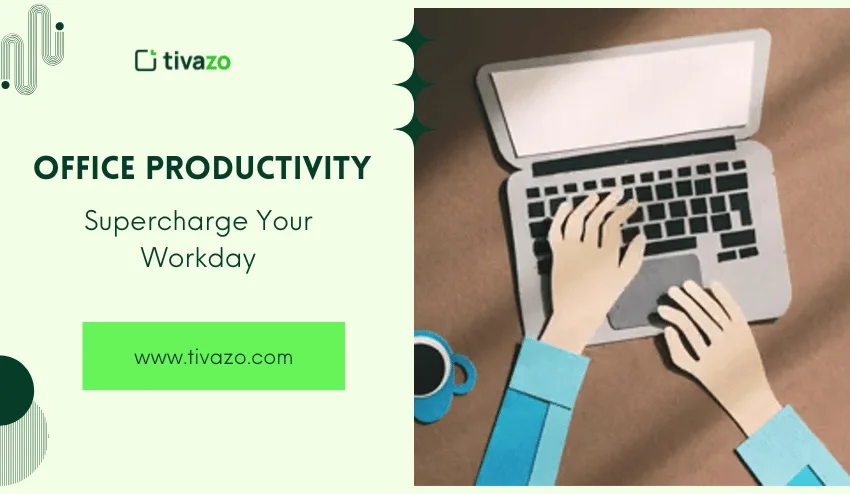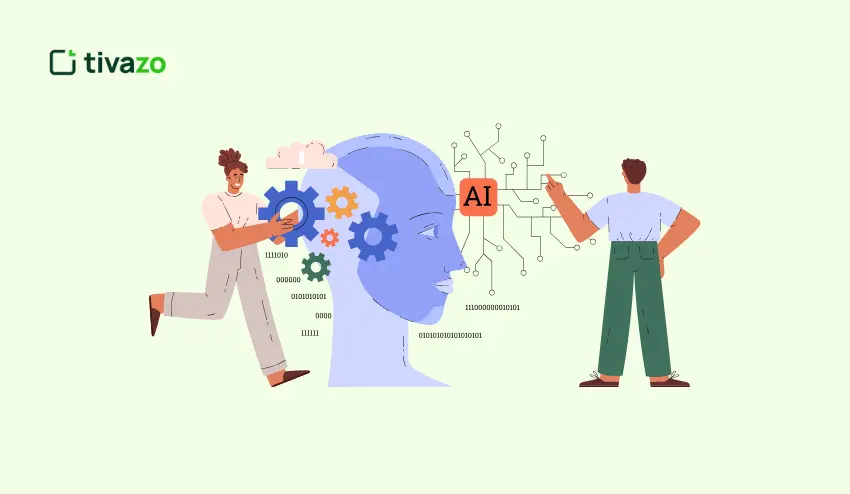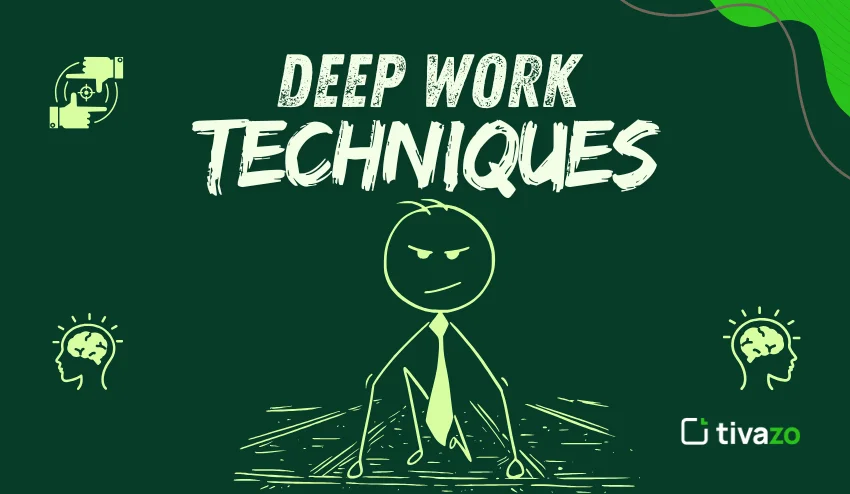In the contemporary work environment, productivity is fundamental to being successful. Whether you are an employee in a remote or traditional office setting, maintaining productivity is often challenging. The right strategies and tools can help increase your productivity, while being more organized and focused during the working day. This blog will discuss five office productivity hacks that are proven to change the way you work.
Today’s workplace is changing, and this change requires different ways of improve productivity. Whether it is updated technology continuing to change how employees interact with coworkers or a shift in work cultural, the ability to adapt can help you stay ahead of the workplace changes. Staying productive is often difficult when you are working toward deadlines, managing new team members, or balancing several work projects. The right productivity hacks can positively impact both work performance and work wellness.
Key Highlights:
- Why Office Productivity Matters
- Top 5 Office Productivity Hacks
- Tools That Can Enhance Office Productivity
- Overcoming Common Productivity Pitfalls
- Why Work-Life Balance is Crucial
Why Office Productivity Matters
Office productivity links to overall business and employee productivity. When employees are more productive in the office, it leads to working smarter and not harder, resulting in positive outcomes for business. Office productivity contributes to higher profits, productivity, and a positive workplace environment. Furthermore, productivity reduces stress levels of employees enabling managers and employees a better work-life balance and overall job satisfaction.
As companies look to enhance their results, many are spending time and money on both tools and techniques to help improve productivity. It’s not about working harder, but working smarter, and organizations are learning that creating a productivity-enhancing environment is a win-win for the employee and the organization.
The Top 5 Office Productivity Hacks
The Top 5 Office Productivity Hacks
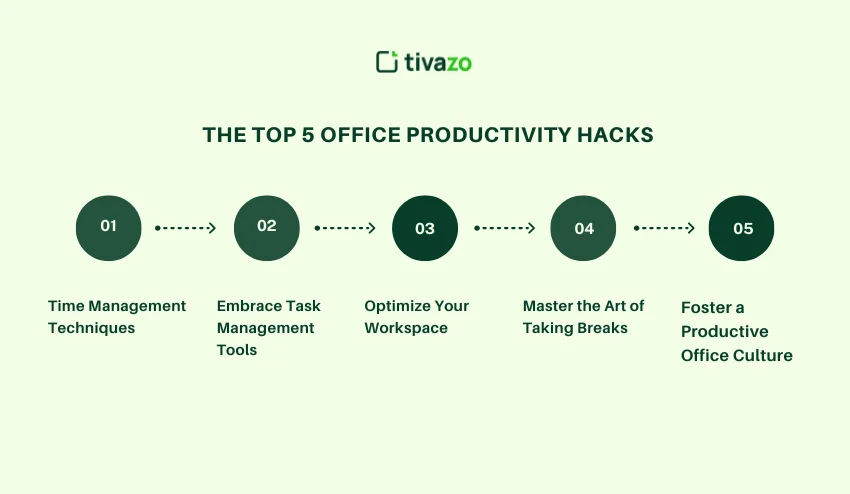
1. Time Management Techniques
Properly managing your time is one of the greatest tools you can use to increase productivity in the office. When you learn to manage time efficiently, you will likely work more productively and efficiently with important and non-important tasks on your docket. Here are some things to consider:
- Time-Blocking: Spend specific amounts of time during your day focused on particular tasks or tasks. For example, 9 – 11 am to focus on deep work or project work, then 2 – 3 pm for meetings. This helps you put your distractions away and concentrate on staying in the zone for the specific tasks.
- Prioritize Tasks: The Eisenhower Matrix can be helpful in determining if tasks are important and urgent. Prioritizing tasks helps you take on tasks that are important and urgent first then focus your time spent on tasks that may be important but are not urgent to gain a freer schedule for your day.
- Set SMART Goals: SMART goals are Specific, Measurable, Achievable, Relevant, and Time-bound. They provide you with clear direction and purpose. You can track progress as you work towards your objectives, eliminating unexpected work that distracts you. When you’re properly set up with SMART goals, you’ll use your time more purposefully.
2. Embrace Task Management Tools
Task management tools, Trello, Asana, and Todoist are effective ways to organize your work. They provide visibility on where you are with tasks, deadlines, and project progress:
- Break down larger projects into discrete tasks and goals. Don’t make yourself feel overwhelmed with an enormous project: instead, breaking it down into discrete and actionable goals.
- Assign deadlines and roles to accomplish goals. Task management tools allow you to assign roles an individuals and tasks to accomplish with deadlines one each element. This helps with accountability and projects continuous improvement of your work.
- Recording/ tracking the tasks that you have accomplished allows you to prioritize in real time. You can often redirect your focus based on available time and your workload. Tracking progress avoids a backlog and be certain that you’re not forgetting anything.
The use of these tools creates clarity and makes it easier to get organized and deadlines.
3. Optimize Your Workspace
Your workspace impacts productivity greatly. A comfortable and organized workspace can limit distractions and create a greater sense of focus. Here are some tips for optimizing your workspace:
- Ergonomics: Check that your chair, desk, and monitor are positioned properly to limit strain on your body. When you sit or stand comfortably, you may be able to eliminate aches and pains that could distract you throughout the workday.
- Declutter: A neat and clean workspace allows your mind to declutter itself as well. Having only what is necessary on your desk, notebook or computer, does a great job of eliminating thinking, “What do I need to do with this? Having only really necessary items on your desk increases focus on the things that really matter.
- Lighting: Well-lit spaces can greatly impact mood and energy levels. Natural light is great, but if that is not possible, invest in a nice desk lamp for less strain on the eyes, especially under long working conditions.
Even minor adjustments to a workspace can tremendously affect a person’s creativity, level of focus, and energy during the workday.
4. Master the Art of Taking Breaks
Taking breaks regularly may sound unproductive, but studies have indicated that taking shorter breaks could support your productivity. Follow the steps below to effectively implement breaks into your day:
- Pomodoro Technique: The Pomodoro Technique emphasizes working for regularly planned chunks of time holding yourself to working for 25 minutes followed by a 5-minute break and then potentially longer breaks of 15-30 minutes after completing 4 work sessions. The focus of this technique is consistent energy and focus throughout the days’ work but the strategy helps avoid burn out and mental fatigue.
- Other Break Strategies: If Pomodoro doesn’t fit into your work flow, simply plan to take breaks each workday during the day, such as coffee breaks, stretching, or even going for a brief walk outside. Studies show just stepping away from your desk can re-energize your mind, create focus, and mitigate stress.
Whether you take breaks or use other strategies, allowing for breaks during your work time can increase your productivity, support creativity, and foster motivation to complete each day of work ahead of you.
5. Foster a Productive Office Culture
Creating a collaborative work culture and positive work environment is vital to increasing office productivity. Employees who feel valued, inspired, and supported are more likely to perform well. The following are a few ways to cultivate a productive culture:
- Consistent Communication: Support open and transparent communication between teams and managers. When employees feel that they know what to expect and the goals of the project being completed, they work more efficiently and avoid confusion.
- Team Collaboration: Utilize collaboration tools, such as Slack and Microsoft Teams, to enhance effective communication and teamwork at a team and individual level. Collaboration tools allow team members to share ideas, files, and status updates in real time, improving collaboration and alignment.
- Recognize and Reward: Acknowledge employees for their great work and accomplishments regularly. It’s often just a matter of saying “Great Job,” or providing some incentive if warranted, that will keep them productive and improve better culture overall.
As you engage and create a culture that promotes communication, collaboration, and recognition, you create a culture that gives employees the motivation to perform at order to get the energy up, which is good and healthy for productivity.
Tools That Can Enhance Office Productivity
In order to stay productive, you need to leverage the right tools. The right application can optimize workflows, lessening errors, while saving time, allowing the worker to focus on what matters most. Below are the most impactful resources:
- Communication Tools: Tools such as Slack, or Microsoft Teams create a seamless collaboration, in real time. Members of the team can plug into chat, share files, hold virtual meetings, and keep up to date on their project, to cut down on email threads and cut back on response time.
- Project Management Software: Tools such as Monday.com, Trello, or Asana, help teams to stay on top of tasks, responsible parties, and progress. Typically these platforms give you a top-down view of entire projects, for deadlines and priorities, allowing members to know where their focus should be and cutting down on unintentional ambiguity.
- Time Tracking Tools: Applications such as Tivazo help employees track what they do with their time in the day. When you track how much time you have spent on a task, you can see inefficiencies, make adjustments to your schedule, and continuously optimize productivity. This is especially impactful for remote teams or freelancers that need to juggle multiple projects.
Overcoming Common Productivity Pitfalls
Even with the best tools and strategies, typical pitfalls of productivity can again derail your productivity. Here’s how to avoid them:
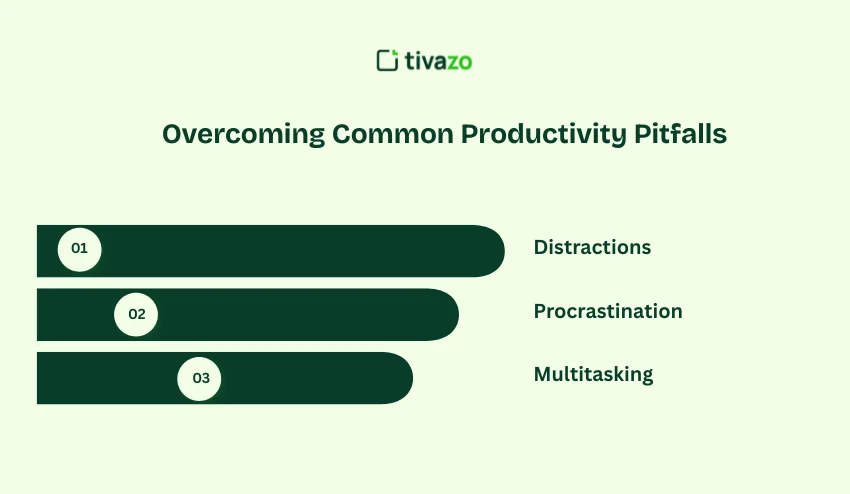
- Distractions: Turn off all unnecessary notifications, and create a location that is quiet and free from distractions. Additionally, consider using a website blocker, like StayFocusd, as a more robust method of staying focused.
- Procrastination: Break large tasks into smaller tasks, and start with the easy tasks. The two-minute rule is also a quick way to get rid of small things and build some momentum.
- Multitasking: Focus on one task at a time. Research shows that multitasking is less productive, so instead, consider working in intervals of focused productivity, or shorter intervals of more focused work, such as Pomodro method or some other technique.
The Role of Leadership in Boosting Office Productivity
Leadership is an essential function in creating an environment conducive to productivity. An effective leader does not simply oversee the task completion; they motivate, inspire and guide their teams. Here are ways in which leadership can positively impact productivity:
- Supportive Leadership:
- Supportive leadership creates an environment that is trusting and open. By creating an atmosphere of transparency and providing timely constructive feedback, leaders enable employees to understand their strengths and where they can improve. Providing employees ownership of the outcome allows them to feel responsible for their work, becoming more accountable to complete their tasks.
- Employee Motivation:
- Employees who are motivated are also more engaged and productive. Leaders can help motivate their employees by having flexible working arrangements in place that support employees’ need to balance their personal life and job. Leaders can also set expectations that are clearly communicated so employees understand what is expected of them and are able to maintain focus. Additionally, recognizing even small achievements, can go a long way towards increasing employee happiness and productivity. Simply acknowledging an accomplishment, such as thanking someone or publicly recognizing them during a meeting will have a greater impact.
- Recognition and Rewards:
- Acknowledging and rewarding hard work is a powerful way to improve morale and increase productivity. Recognizing employees’ achievements in an active way (paying them rewards, bonuses or promotions, saying and doing awards or public rewards) makes them feel valued. Not only will it encourage the person that receives the recognition, but it will also encourage the entire work group to work towards a culture of excellence.
Why Work-Life Balance is Crucial for Office Productivity
Finding balance in our life is an essential part of not only our personal well-being, but our long-term productivity. When we feel overwhelmed, stressed, or overworked, it is more likely we may experience burnout which can disrupt both performance and motivation. A balanced life allows employees to recharge, in turn helping them focus on daily complexities and challenges at work. A balanced life can also reshape creativity and overall job satisfaction. Here are supporting tips for your efforts:
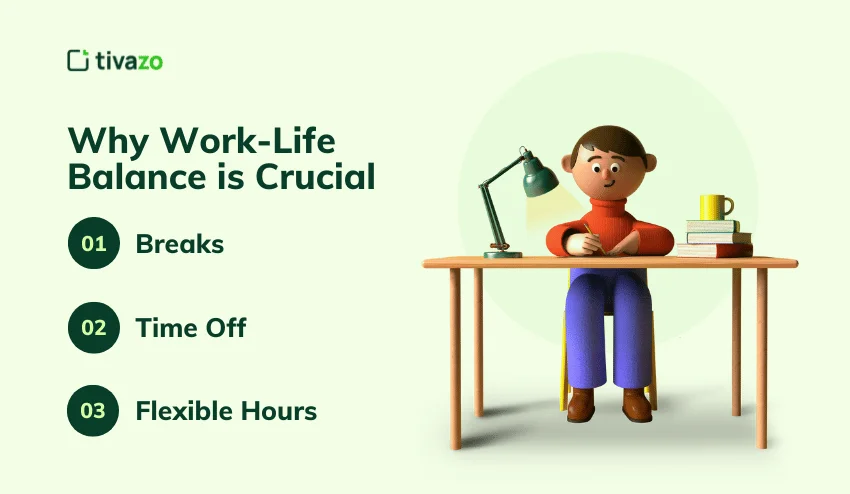
- Breaks – Breaks should be taken regularly throughout the day
- Time Off – It is important that employees utilize their vacation time to prevent burnout
- Flexible Hours – The option to change work hours that provide life integration is a way to support work-life balance.
Conclusion
Maximizing productivity within an office does not just come down to working harder; it relies heavily on working smarter. Consider strategies that utilize time management, technology, workforce optimizationc, duration of breaks, and culture, to adjust office productivity levels. The process of becoming productive is an ongoing endeavor; however with some of the suggestions mentioned, you should start feeling the effects and have the opportunity to understand your workday better. Start implementing some of these today and watch your productivity increase!
